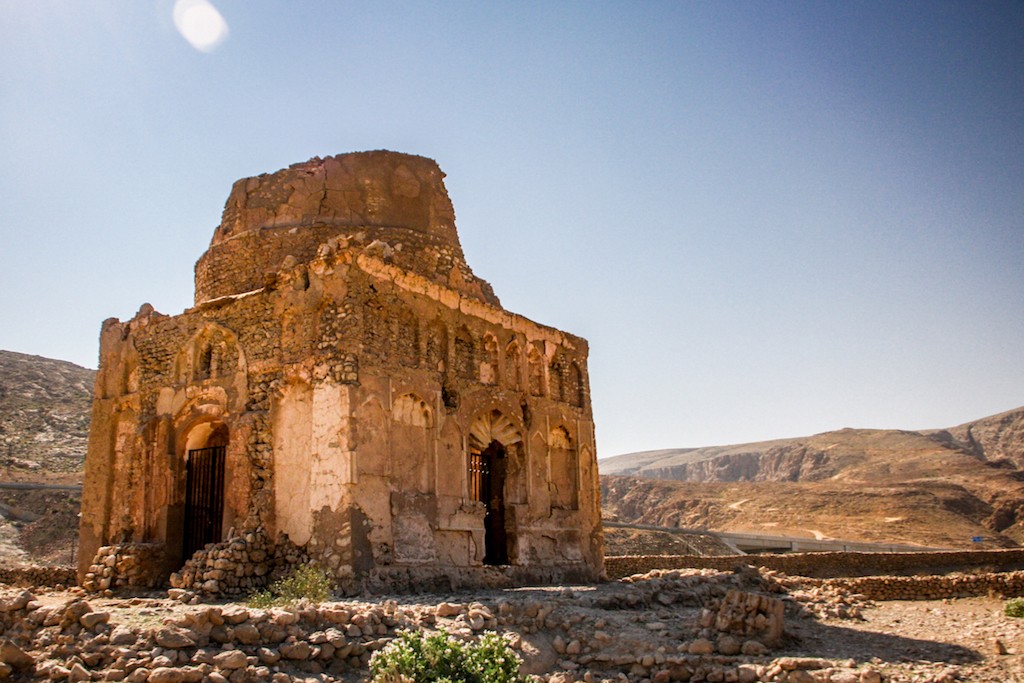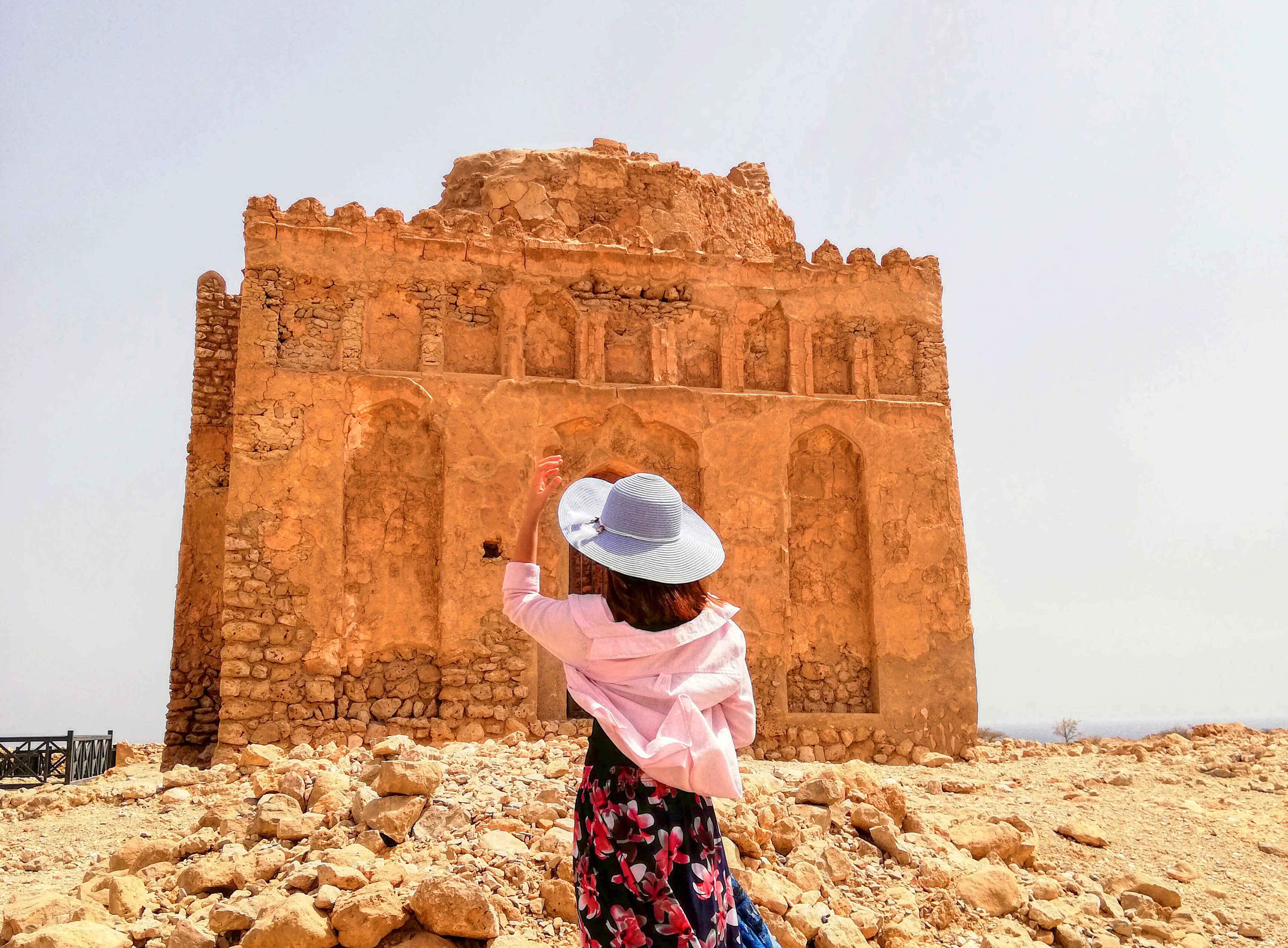The Historical Significance Of Qalats Architecture
Share

Qalats, or forts, represent a fascinating chapter in the architectural history of many regions, particularly in the Middle East and North Africa. These structures are not merely remnants of the past; they are testaments to the cultural, military, and social dynamics of their time. In this article, we will explore the historical significance of Qalats architecture, examining their roles, characteristics, and the stories they tell.
What are Qalats?

Qalats, derived from the Arabic word for "fort," are fortified structures that served various purposes throughout history. They were primarily built for defense against invasions, but many also functioned as administrative centers, trade hubs, and residential areas for local leaders and their families. The architectural style of Qalats varies significantly depending on the region, reflecting local materials, cultural influences, and historical contexts.
The Architectural Features of Qalats
Qalats are characterized by their robust construction, often featuring thick walls made of stone or mud brick. Many have distinctive towers and battlements, designed to provide vantage points for defense. The layout of a Qalat typically includes:
- Main Keep: The central structure where the ruling family or garrison would reside.
- Walls and Towers: Thick, high walls with towers at intervals for better defense and observation.
- Gates: Strategically placed entrances that could be easily defended.
- Living Quarters: Spaces for soldiers and families, often with communal areas for gatherings.
Regional Variations
The design and structure of Qalats can vary widely based on their geographical location. For instance, Qalats in Oman often feature intricate Islamic designs, while those in North Africa may exhibit Berber influences. This regional diversity adds to the richness of Qalats architecture, making each one unique.
Historical Context and Significance
Military Defense
Historically, Qalats were crucial for military defense. They were strategically located to oversee trade routes, borders, and potential invasion paths. The thick walls and elevated positions provided a tactical advantage, allowing defenders to spot approaching threats from afar. Many Qalats have withstood sieges and attacks, standing as symbols of resilience.
Cultural Hubs
Beyond their military significance, Qalats often served as cultural hubs. They were places where trade flourished, and cultural exchanges occurred. Markets would spring up around these forts, bringing together diverse communities. The architecture of Qalats reflects this cultural amalgamation, showcasing influences from various civilizations that interacted over centuries.
Administrative Centers
Many Qalats functioned as administrative centers for local governance. They housed officials who managed the surrounding areas, collected taxes, and enforced laws. The presence of a Qalat often indicated the authority of a ruling power, whether it was a local chieftain or a foreign empire.
Preservation and Tourism
As time has passed, many Qalats have fallen into disrepair, but efforts are underway to preserve these historical sites. Restoration projects aim to maintain the structural integrity and historical authenticity of these forts.
Tourism Impact
Qalats have become popular tourist attractions, drawing visitors interested in history, architecture, and culture. They provide a glimpse into the past and allow travelers to connect with the stories of those who once inhabited these formidable structures.
Best Time to Visit Qalats
When planning a visit to Qalats, consider the best time to experience their historical significance fully. The ideal time varies by region, but generally, spring and autumn offer pleasant weather for exploration.
Weather Information
- Spring (March to May): Mild temperatures and blooming landscapes make for an enjoyable visit.
- Autumn (September to November): Similar to spring, with comfortable temperatures and fewer tourists.
Key Qalats to Visit
- Qalat al-Bahrain, Bahrain: A UNESCO World Heritage site, this fort showcases the rich history of the region.
- Qalat al-Jabr, Syria: Known for its impressive architecture and historical significance.
- Qalat al-Mir, Oman: Offers stunning views and insights into Omani history.
Things to Do Near Qalats
Visiting Qalats is not just about the architecture; it’s also an opportunity to engage with the surrounding culture. Here are some activities to consider:
- Guided Tours: Many Qalats offer guided tours that provide deeper insights into their history.
- Local Cuisine: Try traditional dishes at nearby restaurants to experience the local culture.
- Photography: Capture the stunning architecture and landscapes surrounding the Qalats.
For a comprehensive list of activities and experiences near Qalats, check out Things to Do.
Booking Your Trip
To make your travel experience seamless, consider booking your accommodations and flights in advance. Here are some helpful links:
- Hotels & Flights: Book Here
- Transfers: Arrange Transfers
Final Thoughts
Qalats architecture is a remarkable testament to the historical narratives of the regions they inhabit. These forts are not just buildings; they are symbols of resilience, culture, and history. As you plan your visit, take a moment to appreciate the stories these structures tell and the experiences they offer. Whether you are a history enthusiast, an architecture lover, or simply a curious traveler, Qalats provide a unique window into the past that is both enriching and unforgettable.



